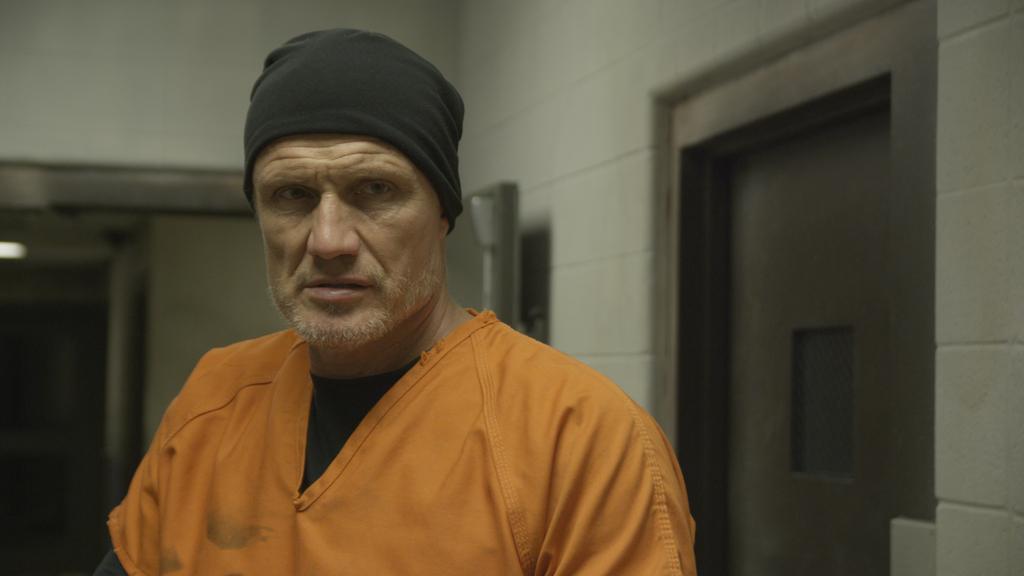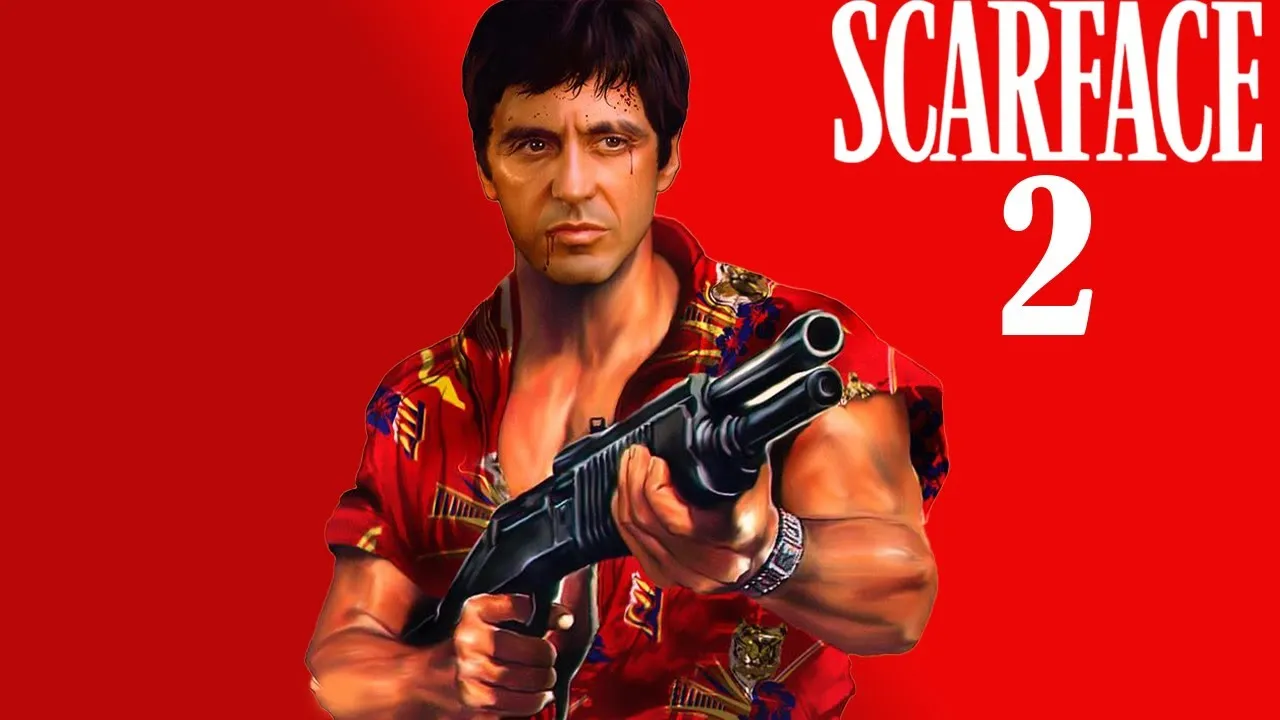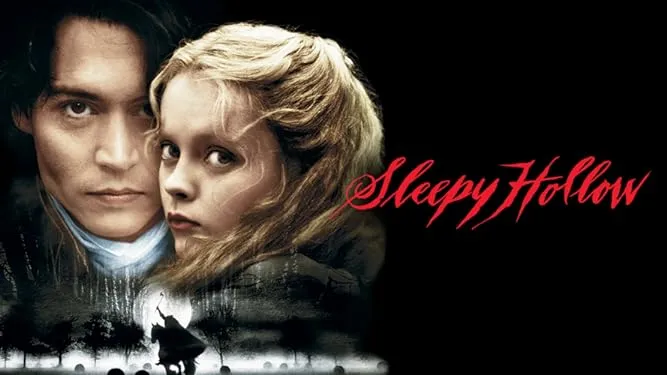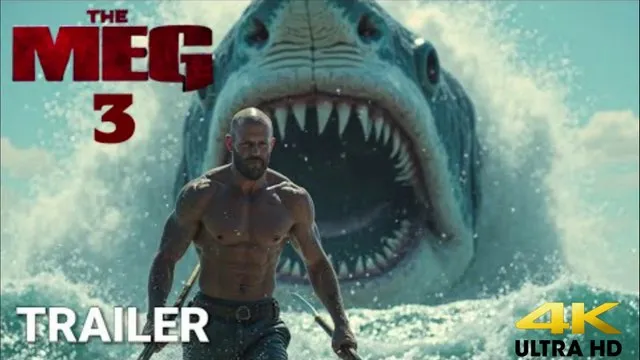Riot – A Title Worn by Stories of Collective Unrest and Resistance
The word Riot has served as the title for several impactful films across different eras and cultural contexts. Though they vary greatly in form—drama, documentary, or historical reenactment—they are united by their exploration of societal fractures, collective action, and the human stories caught within chaos.
The 1969 film Riot, directed by Buzz Kulik, is a gritty prison drama set in an Arizona penitentiary. When violent inmates stage an uprising to cover an escape attempt, the prison spirals into mayhem. Jim Brown plays Cully Briston, a prisoner on the verge of parole who wants no part in the revolt but finds himself protecting a guard and navigating conflicting loyalties. Gene Hackman co-stars as a leading instigator, adding volatile intensity to the film. Shot on location at a real prison, the film earned praise for its realism and performances. It’s not just about rebellion, but the moral decisions made under pressure and the broken systems that foster violence.

Next comes the 1997 made-for-television film Riot, a socially conscious ensemble drama that explores the 1992 Los Angeles riots following the Rodney King verdict. Told through four interwoven narratives—a Chinese-American shop owner, a young Hispanic man, an African-American father, and a white LAPD officer—the film reveals how civil unrest touches different communities in dramatically different ways. Each character’s experience reflects generational trauma, prejudice, fear, and frustration. The movie's strength lies in its balance of perspectives, avoiding easy answers while emphasizing shared humanity amid violence and division.
The 2018 Australian telemovie Riot offers a completely different take, focusing on the true story of the first Sydney Gay and Lesbian Mardi Gras in 1978. It follows the journey of activist Lance Gowland, who helped organize what was meant to be a peaceful protest celebrating pride and demanding decriminalization of homosexuality. The march escalates when police violently disperse the crowd, resulting in arrests and media backlash. The film is a heartfelt tribute to LGBTQ+ activism in Australia, highlighting courage in the face of oppression. Emotional, inspiring, and grounded in historical fact, Riot here becomes a symbol of righteous defiance rather than destruction.

Despite their vastly different tones and settings, each of these films uses the concept of a riot to examine conflict—between authority and rebellion, identity and survival, silence and resistance. The 1969 version turns inward, portraying violence within institutional walls. The 1997 TV movie depicts a community fractured by racism, systemic injustice, and misunderstanding. The 2018 story reveals how protest can be both disruptive and transformative, leading to greater visibility and legal change.
What ties all these versions of Riot together is not just chaos, but the search for meaning within it. Each film portrays a different kind of rupture—social, political, or personal—and asks: what do we do when the rules no longer protect us? When justice is denied? When fear becomes action? These stories remind us that riots, though destructive, often begin with voices desperate to be heard.



